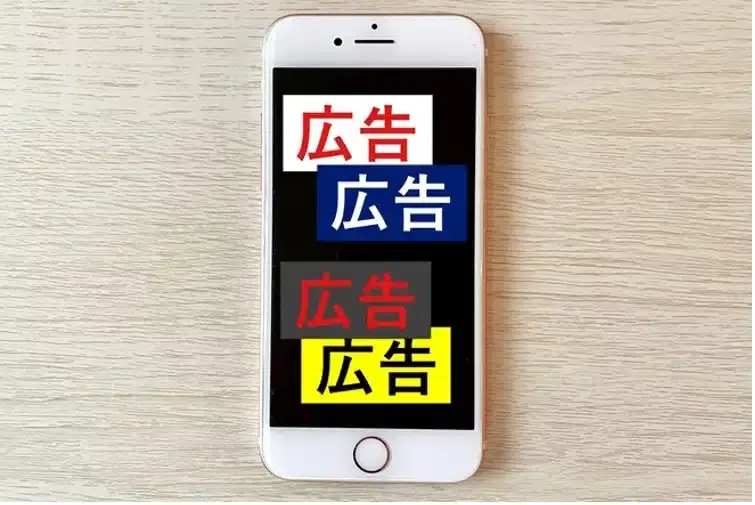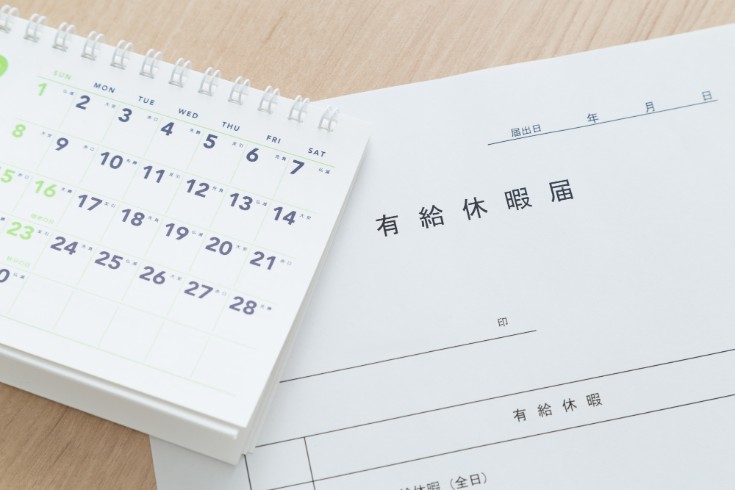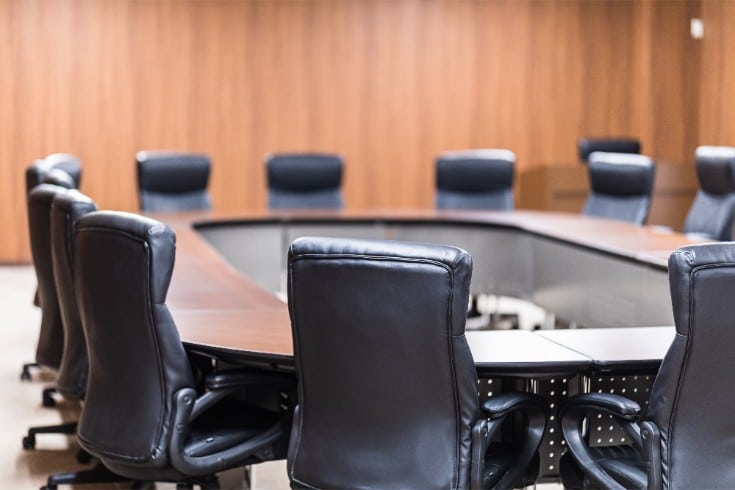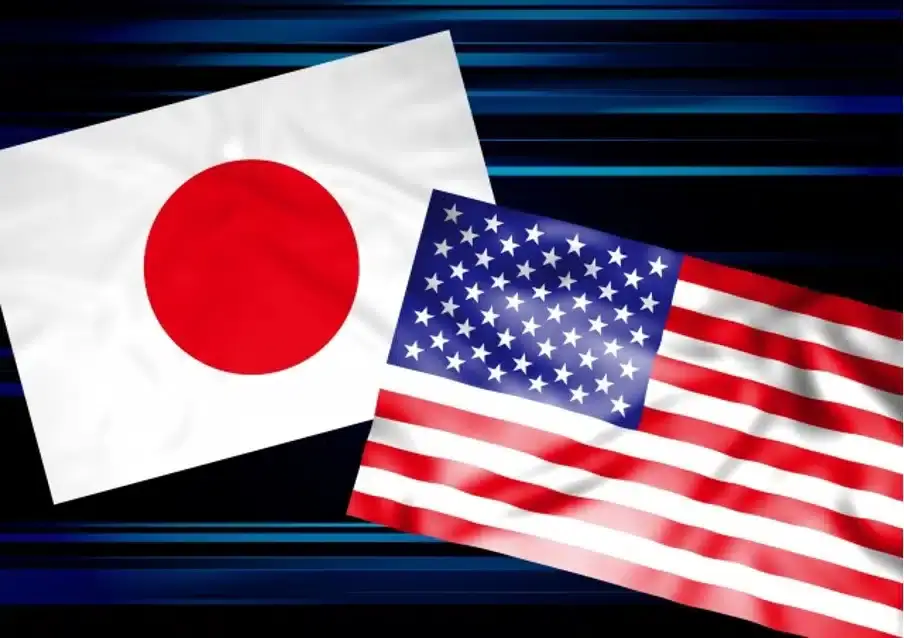Understanding Limitations on Rights under Japanese Copyright Law: A Guide to Exception Provisions and Their Practical Application

The Japanese Copyright Law adopts the principle of automatic rights acquisition, where rights are generated automatically at the moment a work is created, providing strong protection for authors. As a general rule, using copyrighted works without the permission of the copyright holder constitutes an infringement. However, Article 1 of the Japanese Copyright Law aims to balance the protection of authors’ rights with the contribution to the development of culture. To achieve this balance, Articles 30 to 50 of the same law set forth exceptions that allow the use of copyrighted works without the permission of the copyright holder under specific conditions, known as “limitations on copyright.” These provisions are not open to broad interpretation but are strictly defined exceptions based on individual usage purposes and manners. For businesses, especially those operating globally, a precise understanding of these limitations is essential to avoid the risk of unintended copyright infringement and to ensure lawful business operations. This article provides an expert explanation of the regulations deeply involved in corporate IT practices, from the basic principles that determine the application of rights limitations to the important relationship with moral rights of authors, and even the concepts of fair use and parody within the Japanese legal system, based on statutes and case law.
Copyright Restrictions in Corporate IT Environments Under Japanese Law
IT infrastructure is essential in modern corporate activities, yet the routine operation and maintenance often technically involve the “reproduction” of copyrighted works. Japanese copyright law provides specific exceptions to ensure that such necessary acts for business operations do not constitute copyright infringement.
Reproduction by Owners of Copies of Program Works (Article 47-3)
Article 47-3, Paragraph 1 of the Japanese Copyright Law allows the “owner” of a copy of a program work to reproduce or adapt (modify) the program to the extent deemed necessary for using it with an electronic computer.
The “extent deemed necessary” in this provision contemplates specific acts in corporate IT practices. For example, installing software on servers or individual computer hard drives, creating backup copies in preparation for data loss or corruption, and minor “adaptations” such as ensuring compatibility with specific hardware environments or fixing bugs are permitted.
However, the most critical point to note in applying this provision is that the rights are limited to the “owner” of the copy of the program. In today’s business environment, software is commonly accessed through licensing agreements rather than being “owned” through purchase. If a company is merely using software based on a licensing agreement, the rights to reproduce or modify are governed by the terms of the license, not by this exception in copyright law. If the contract strictly limits reproduction, even for backup purposes, it could constitute a breach of contract, making it crucial to scrutinize the contract terms.
Furthermore, even if one is the owner of the program, upon losing ownership, such as by selling the computer on which the software is installed, one must destroy any backup copies made, as retaining them is no longer permissible.
Incidental Use of Works on Electronic Computers (Article 47-4)
The original exceptions for program works were primarily intended for the use of standalone software distributed on physical media. However, with the proliferation of cloud computing and network services in today’s IT environment, more complex acts of reproduction, such as server maintenance, data migration, and system disaster recovery, occur routinely. These acts were not adequately covered by the traditional provisions.
To bridge the gap between the technical realities and the law, more flexible limitations on rights were introduced in the 2018 amendment to the Copyright Law. At the heart of these are Articles 47-4 and 47-5.
Article 47-4 of the Japanese Copyright Law permits incidental use that facilitates or makes the use of works on electronic computers more efficient. This includes creating temporary caches to speed up network processing and temporarily backing up data to external media for maintenance, repair, or replacement of equipment, and then restoring it to the original device upon completion of the work. This allows IT maintenance operations essential for business continuity to be conducted within the limits of not unduly harming the interests of copyright holders.
Moreover, Article 47-4, Paragraph 2, Item 3 of the Japanese Copyright Law explicitly allows the creation of backup copies in preparation for server loss or damage. This legally supports essential measures for protecting business data as part of disaster response and disaster recovery planning.
The introduction of these provisions demonstrates that Japanese copyright law is intentionally evolving from fixed rules to practical ones, aligning with the realities of technological advancement. This ensures that the law does not hinder legitimate corporate IT infrastructure management activities.
The Fundamental Principles of Copyright Limitations Under Japanese Law
Even if a particular use appears to fall under the exceptions provided by copyright limitation provisions, it does not automatically guarantee legality. Japanese copyright law establishes several overarching fundamental principles that must be adhered to when applying these exceptions. Neglecting these principles can lead to actions believed to be lawful being deemed illegal.
Obligation to Indicate the Source (Article 48)
Under Japanese Copyright Law, Article 48 stipulates that when reproducing or using a work based on specific provisions that limit rights, such as those in Article 32, the source must be clearly indicated. Furthermore, even in other cases, the same obligation applies when there is a customary practice to indicate the source.
The source must be indicated “in a manner and to the extent deemed reasonable according to the nature of the reproduction or use,” and in practice, for corporate reports or websites, the following information is generally included:
- Title of the work
- Name of the author
- In the case of books, etc.: Publisher name, year of publication, page number
- In the case of websites: Site name, URL
Indicating the source is not merely a matter of courtesy but a legal obligation, and failure to do so may result in penalties.
Prohibition of Unauthorized Use of Copies (Article 49)
Article 49 of the Japanese Copyright Law establishes a crucial principle to prevent the abuse of limitations on rights. According to this article, distributing or presenting to the public a copy of a work that was legally created for a specific purpose, for any purpose “other than” the intended one, is considered a copyright infringement in itself. This is known as “deemed infringement.”
For example, using a video of a television program recorded for private use (under Article 30 of the Japanese Copyright Law) within one’s home, and then showing it at a local community center or uploading it to the internet, constitutes copyright infringement as it is a use beyond the intended purpose. Similarly, distributing copies of software created for backup purposes (under Article 47-3) to other employees or installing them on unauthorized computers is also not permitted.
This provision ensures that the limitations on rights are narrow privileges granted for specific public interest or private purposes and are not to be used as loopholes for commercial exploitation or unrestricted use.
The Relationship with Moral Rights of Authors (Article 50)
Understanding Japanese copyright law necessitates a clear distinction between the economic rights known as “copyright” and the personal, exclusive “moral rights of authors,” which protect the personal interests of the author. Moral rights of authors include the following three main rights:
- The right of disclosure: The right to decide when and how an unpublished work is to be disclosed.
- The right to claim authorship: The right to decide whether and under what name the author’s name is to be displayed.
- The right to integrity: The right to prevent distortion or mutilation of one’s work against the author’s will.
Article 50 of the Japanese Copyright Law explicitly states that the limitations on copyright (economic rights) discussed thus far should not be interpreted as affecting these moral rights of authors. This acts as a sort of “wall of moral rights of authors.”
This principle can pose a significant legal risk, especially for foreign companies accustomed to more flexible legal systems like the fair use doctrine in the United States. For example, even if the use of a work for educational purposes is permitted under copyright limitations, summarizing the work or extracting parts of it could potentially infringe on the author’s right to integrity.
This legal rationale was most clearly demonstrated in the judgment of the subsequent “Parody and Montage Photo Case.” In this case, a creative alteration with a critical intent (parody) was deemed illegal as it infringed upon the author’s right to integrity. Therefore, even if the use of a third party’s work seems to fall under the limitations of copyright, careful measures, such as securing a “non-exercise of moral rights agreement” from the author, are required when there is a possibility of altering the work.
Conceptual Framework: Fair Use and Parody in Japan
Understanding not only the individual rules but also the ideological background upon which Japanese copyright law is based is crucial when considering more complex forms of usage. Here, we will clarify the personalityistics of the Japanese legal system through a comparison with the U.S. fair use doctrine and explain how creative uses such as parody are handled under Japanese Law.
Japanese ‘Enumerated Limitations’ and Fair Use
The Japanese Copyright Law adopts a legislative policy known as ‘enumerated limitations,’ which specifically and exhaustively lists the cases where rights are limited within the articles of the law. This means that any use not listed is, in principle, considered a copyright infringement. This approach has the advantage of high predictability regarding what is lawful and what is not. Companies can clearly assess their legal risks by checking whether their actions comply with the requirements of the articles.
In contrast, the ‘fair use’ doctrine adopted by U.S. copyright law is a comprehensive and flexible legal rationale. Instead of enumerating individual exceptions, courts consider four factors: ‘the purpose and personality of the use,’ ‘the nature of the copyrighted work,’ ‘the amount and substantiality of the portion used,’ and ‘the effect of the use on the potential market or value of the copyrighted work.’ Courts then make a case-by-case determination on whether the use is fair. While this system allows for flexibility to quickly adapt to new technologies and forms of expression, it also has the downside of unpredictable outcomes and increased litigation risks.
The business implications of both systems can be summarized as follows:
| Feature | Japanese Enumerated Limitations | American Fair Use |
|---|---|---|
| Legal Basis | Specific exceptions enumerated in the articles (Articles 30 to 50, etc.) | Comprehensive four-factor standard applied by courts |
| Predictability | High. Actions are judged based on whether they fall under the articles. | Low. Dependent on the courts’ retrospective comprehensive judgment. |
| Flexibility | Low. Legal amendments are necessary to address new technologies. | High. Interpretation allows for application to new forms of use. |
| Litigation Risk | Low if actions clearly comply with the articles. | High as the fairness of use is often contested, leading to litigation. |
| Corporate Response | Emphasis is placed on strict interpretation and compliance with the wording of the articles. | Emphasis is placed on analyzing the four factors and case law to assess risks. |
Flexible Copyright Limitations: Uses Not Intended for the Enjoyment of Thoughts or Feelings (Article 30-4)
To alleviate the rigidity of the enumerated limitations system and to adapt to technological innovations, Article 30-4 of the Japanese Copyright Law was introduced in the 2018 (Heisei 30) legal revision. This provision, often referred to as the “Japanese version of Fair Use,” has a limited scope of application.
This article allows for the use of copyrighted works, to the extent deemed necessary, for purposes other than the enjoyment of thoughts or feelings expressed in the work. It is intended for situations where the work is used not for appreciation but as “data” for information analysis or for testing in technological development. For example, acts such as collecting a large number of images or texts and analyzing their patterns to develop new technologies fall under this provision.
However, this right is not unlimited. There is a caveat that it does not apply “if it unfairly harms the interests of the copyright holder.” For instance, using a database that is sold for information analysis without a licensing agreement, which directly competes with the market that the copyright holder should rightfully benefit from, is likely to be considered an unfair harm to their interests and may not be permitted.
Legal Challenges of Parody Under Japanese Copyright Law
Japanese copyright law does not have specific provisions that expressly permit parody. Consequently, the legality of parody works is judged within the existing framework of copyright law, particularly in relation to the “right of adaptation” (the right to modify a work and create a derivative work) and the previously mentioned “right of integrity” (a part of the moral rights of the author).
A guiding case on this matter is the Supreme Court decision of 1980, commonly known as the “Parody Montage Photo Case.” In this case, a well-known ski photographer’s work was converted to black and white, and a photo of a giant tire was superimposed on the ski tracks to satirize environmental destruction. The Supreme Court ruled that this parody work constituted copyright infringement. The core of the logic was that the modified work still allowed for the “direct perception of the essential personalityistics of the original photograph’s form of expression.” In other words, the viewer could easily recall the original work through the unauthorized modification, which was deemed an infringement of the author’s right of integrity. This judgment indicated that under the Japanese legal system, even if a parody has an intent of critique or satire, directly modifying the expression of the original work carries a very high legal risk.
On the other hand, there are precedents that suggest a safer path for parody-related creative activities. In the 2001 Supreme Court decision known as the “Esashi Oiwake Incident,” the act of producing a television program using historical facts and ideas written in a non-fiction book was contested. The Supreme Court clarified the “idea-expression dichotomy,” stating that copyright protects the specific “expression,” not the underlying “ideas” or “facts.” The implication of this decision is that if a parody targets the theme, style, or ideas of a work, and creates an entirely new and original expression, rather than directly modifying the expression of the original work, the likelihood of copyright infringement is low.
Summary
Under Japanese copyright law, the provisions limiting rights are based on a strict numerus clausus principle, providing a clear and predictable legal framework. When businesses utilize these exceptions in practice, they must not only scrutinize the requirements of individual articles but also keep in mind the overarching principles such as the obligation to indicate sources (Article 48), the prohibition of use beyond the intended purpose (Article 49), and above all, the ‘moral rights of authors’ (Article 50), which are not affected by limitations on property rights. In particular, the protection of moral rights is extremely strong and represents a significant risk factor that differs from foreign legal systems. The strict judicial decisions regarding parodies and the limited flexibility to accommodate technological innovations (Article 30-4) symbolize the personalityistics of the Japanese legal system, which strives to maintain a careful balance between the protection of authors’ rights and the development of culture.
Monolith Law Office has a wealth of experience advising on the complex issues related to the limitations of copyright as discussed in this article, serving a multitude of clients both domestically and internationally. Our firm boasts a team of experts, including English-speaking professionals with foreign legal qualifications, capable of providing precise legal support from an international business perspective on the unique challenges posed by Japanese intellectual property law. We offer specialized support in building compliance systems, negotiating clauses in contracts that waive the exercise of moral rights, and other strategic copyright advice.
Category: General Corporate





















